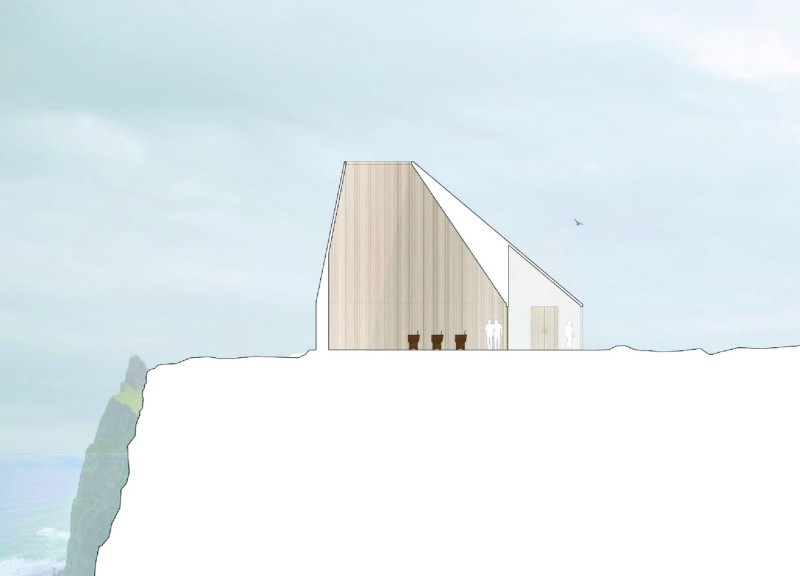5 key facts about this project
From the outset, this architectural endeavor represents a commitment to sustainability and user-centric design. Incorporating elements that prioritize energy efficiency, the project utilizes advanced building technologies and materials that reduce environmental impact. Local resources have been harnessed where possible, reinforcing a connection between the structure and its environment. This contextual awareness is evident in the choice of materials that not only complement the surroundings but also serve practical purposes, such as thermal performance and durability.
The overall function of the project is multifaceted, serving as [insert specific function, e.g., residential complex, cultural center, commercial space]. This diverse functionality is designed to foster community interaction while providing private spaces that cater to individual needs. The layout facilitates seamless movement throughout the building, encouraging and enhancing the user experience. Open-plan areas are combined with more intimate settings, allowing for both collaboration and solitude within the same structure.
Key architectural elements include a series of strategically placed windows that enhance natural light penetration, creating a warm and inviting atmosphere. These openings are not just functional; they help establish a visual connection to the outdoors, promoting a sense of openness and inclusivity. The façade of the building is marked by an interplay of textures and materials, including [list materials used, e.g., wood, glass, stone], which work together to create a visually appealing structure that resonates with the surrounding landscape.
Unique design approaches manifest in how the project addresses its environment and the needs of its users. The integration of green spaces, such as terraces or vertical gardens, exemplifies a contemporary understanding of urban living, where greenery is essential for enhancing both the aesthetic and environmental quality of urban settings. Additionally, the use of passive design strategies, such as shading devices and thermal mass, ensures that the building remains comfortable throughout various seasons, minimizing reliance on mechanical heating and cooling systems.
Interior spaces are thoughtfully designed to maximize functionality and comfort. Attention to detail is reflected in the choice of finishes and furnishings that promote a cohesive aesthetic throughout the project. The layout encourages a flow between spaces, further enhancing usability. The careful consideration of acoustics, lighting, and ergonomics contributes to an environment conducive to productivity and well-being.
As the project aims to become a hub within its community, it is essential for it to encourage social interaction and engagement. This is achieved through communal areas, such as lounges or gardens, designed to foster connections among users, effectively creating a sense of belonging. The project’s emphasis on shared spaces underscores its dedication to enhancing community relations and social dynamics.
For those seeking to delve deeper into the architectural insights provided by this project, it is encouraged to explore the detailed architectural plans, sections, designs, and ideas that highlight the innovative solutions employed. The various aspects of the design, from the initial concept through to its materiality and spatial organization, reflect a harmonious blend of creativity and functionality. This project embodies contemporary architectural principles, promising to serve and inspire its users for years to come.























